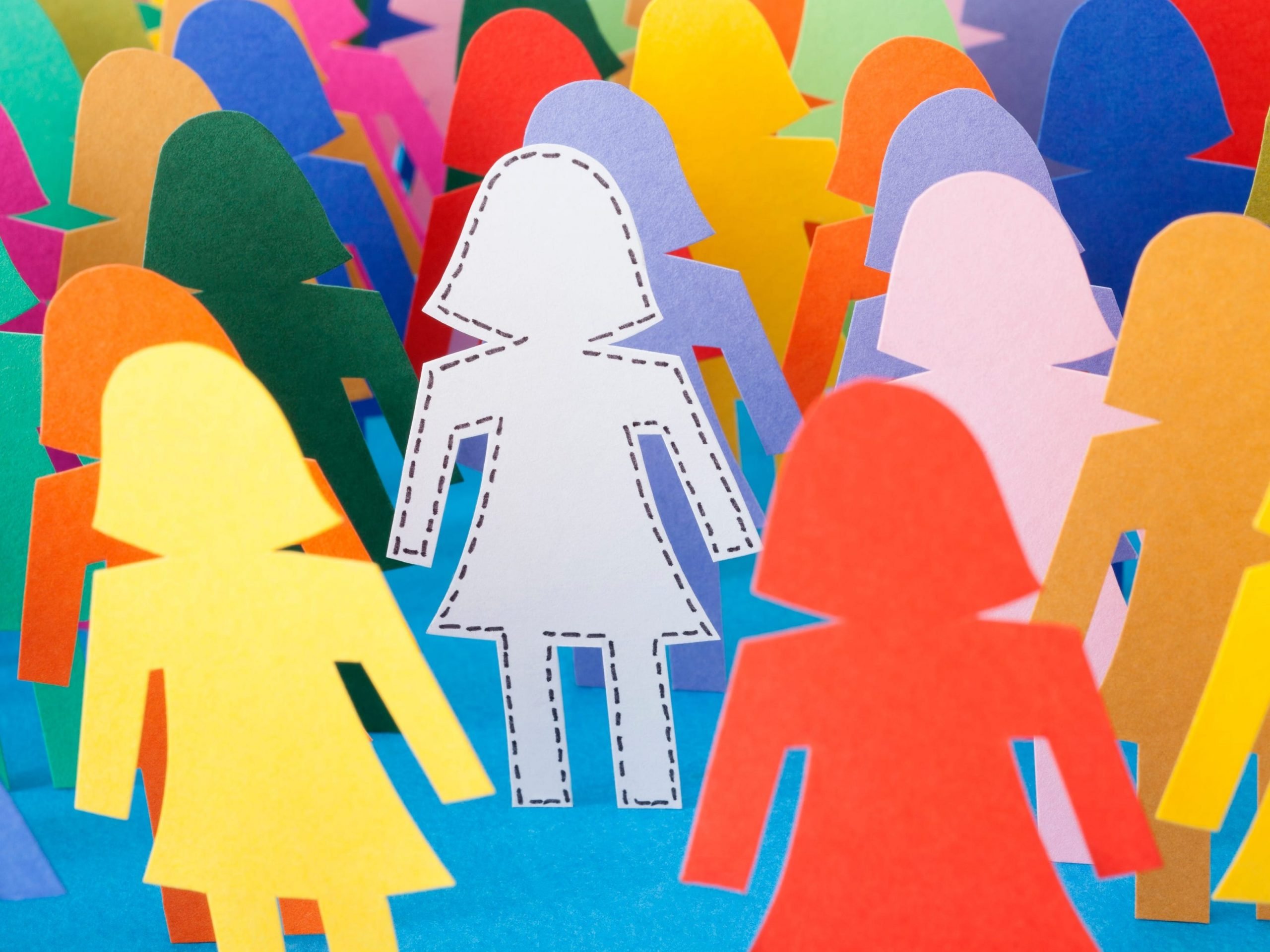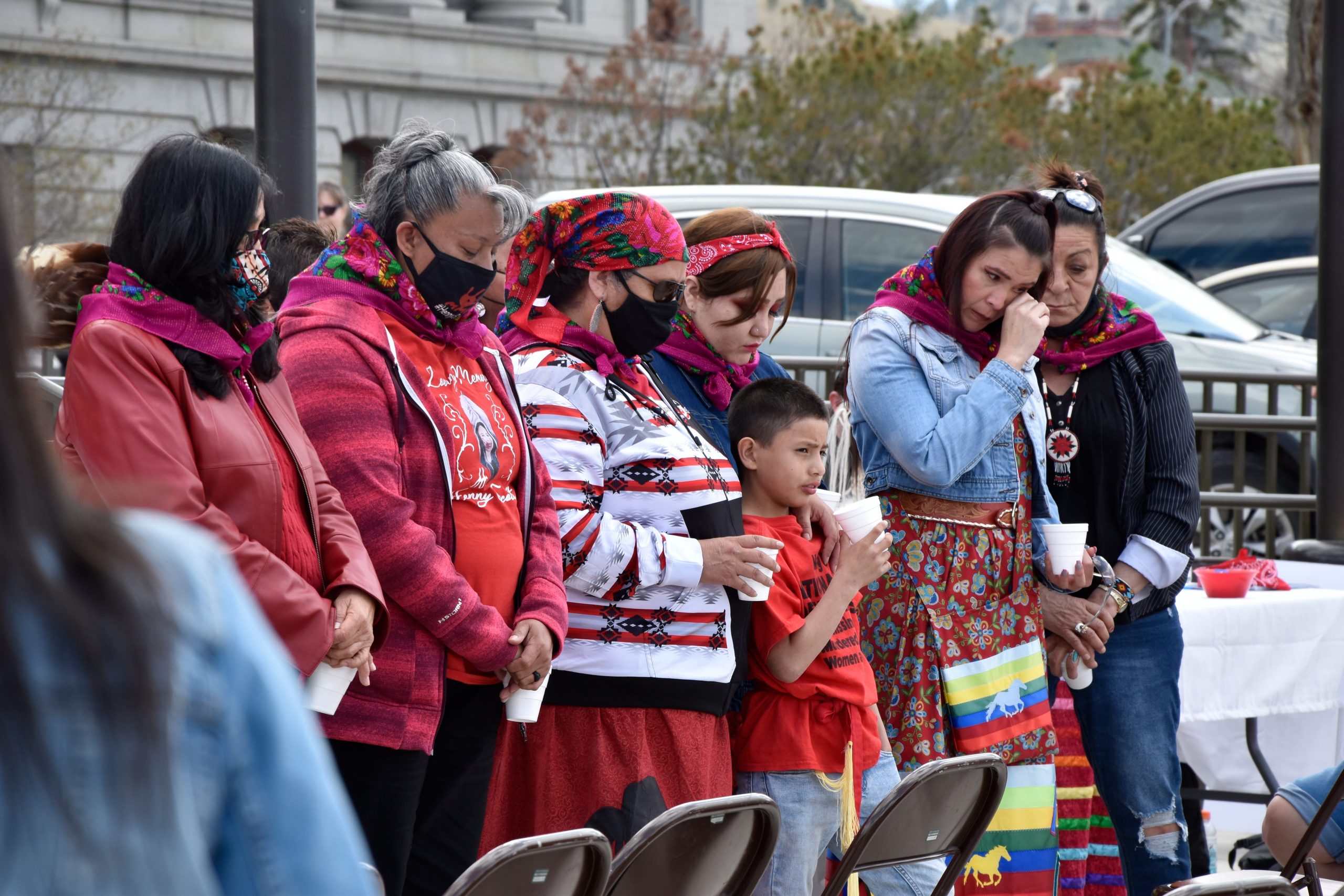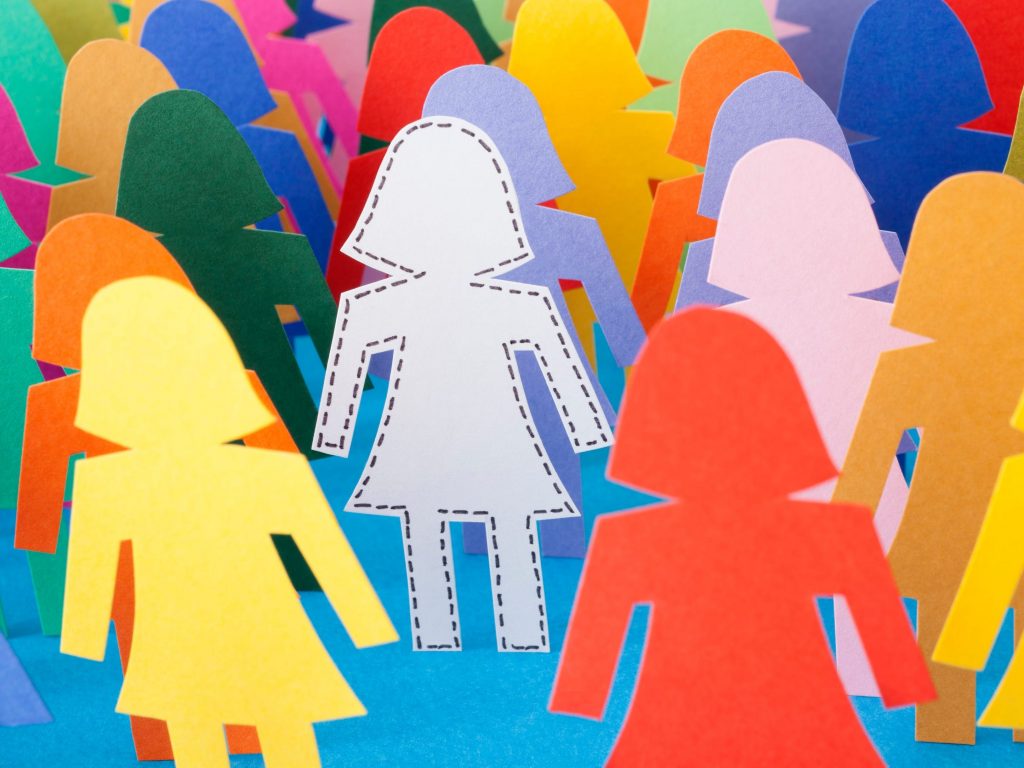
FotografiaBasica/Getty Images
- Missing women of color have not been "centered" in national media coverage, experts say.
- Many have pointed to the term "Missing White Woman's Syndrome" coined by late journalist Gwen Ifill.
- The discussion comes after the coverage of Gabby Petito's disappearance.
- Visit Insider's homepage for more stories.
Advocates have been calling out the racial disparities in media coverage and how missing women of color are "not centered" or receive the same national spotlight as their counterparts.
Earlier this week, MSNBC anchor Joy Reid anchor spoke about how the coverage of 22-year-old Gabby Petito's case underscores the lack of attention missing people of color receives- describing the strong interest as "missing white woman syndrome."
The phrase was " coined by the late and great Gwen Ifill to describe the media and public fascination with missing white women, like Laci Peterson or Natalee Holloway, while ignoring cases involving missing people on color," Reid said Monday.
For instance, in 2005, concerns were raised when Latoyia Figueroa, a Black and Hispanic woman who disappeared in Philadelphia, Pennsylvania was not as heavily covered as Holloway who went missing during a trip to Aruba, according to a New York Times report.
'Missing White Women's Syndrome' dates back throughout history

AP Photo/Iris Samuels
Historically, in the media women of color "are not seen as damsels in distress. There are of tropes around the 'angry Black woman,' 'the strong Hispanic woman' that we don't have to be lifted up, protected and centered," Dr. Kaye Wise Whitehead, associate professor of Communications and African American Studies at Loyola University Maryland, told Insider.
"When [women of color] go missing: the world, the country, does not get alarmed and does not get concerned."
Whitehead noted that that all women deserve the attention and resources in these cases but highlighted that in
"society we'll go to great lengths when a white woman or girl is missing and they won't even bother to take the next steps when it's.... black women and black girls. That also includes black men and black boys."
According to data from the National Crime Information Center almost 40% people of color are missing. And during the COVID-19 pandemic alone, the number of Black and Latina women increased and the lack of media coverage and data makes them harder to find. In Wyoming, the same state where Petito's body was found, more than 700 Indigenous people were reported missing over the last decade - with about 85% being children.
People of color are not "the majority members in this country, but make up a huge portion of the missing, unseen, unknown and unfound," said Whitehead, who is also the director of the Karson Institute for Race, Peace and Social Justice.
As NPR reported, Zach Sommers, a sociologist at Northwestern University, conducted a study looking at four media outlets and found that white women were more likely to appear in missing person news coverage.
'We need to change the narrative' of women of color in media
Women and girls of color are often viewed as "less innocent" when portrayed in the media, experts say.
"Oftentimes they're criminalized,,, and they're represented as such in the media, and that's even if they get any media coverage at all.There's always an element of crime, violence, poverty, and addiction," Natalie Wilson of Black and Missing Foundation Inc. (BAMFI), told Insider. "We need to change the narrative. These are our mothers and sisters, these are our family members, our neighbors, and their lives matter, and we need to do a better job in getting them media coverage."
She is a cofounder and the chief operating officer of the organization which helps bring awareness to missing people of color. Advocates on the ground like, Wilson, are vital in pushing for news outlets to cover under-reported missing individuals.
During the initial days of BAMFI, she was reaching out to news outlets to cover the story of Phoenix Coldon of St. Louis, Missouri - who has been missing since 2011 - but they kept getting denied.
"I remember calling every single news station in St. Louis and there was either silence or, 'No, not right now, no," she recalled. "Finally, one of the news assignment editors was like, 'Okay, send me the information.' Once she shared the profile, it was just a couple of seconds, the story was picked up by other outlets."
Wilson said that more diversity in newsroom and showing less of one particular person and "showing more cases of missing individuals" in different communities is a start to overcoming this issue.
